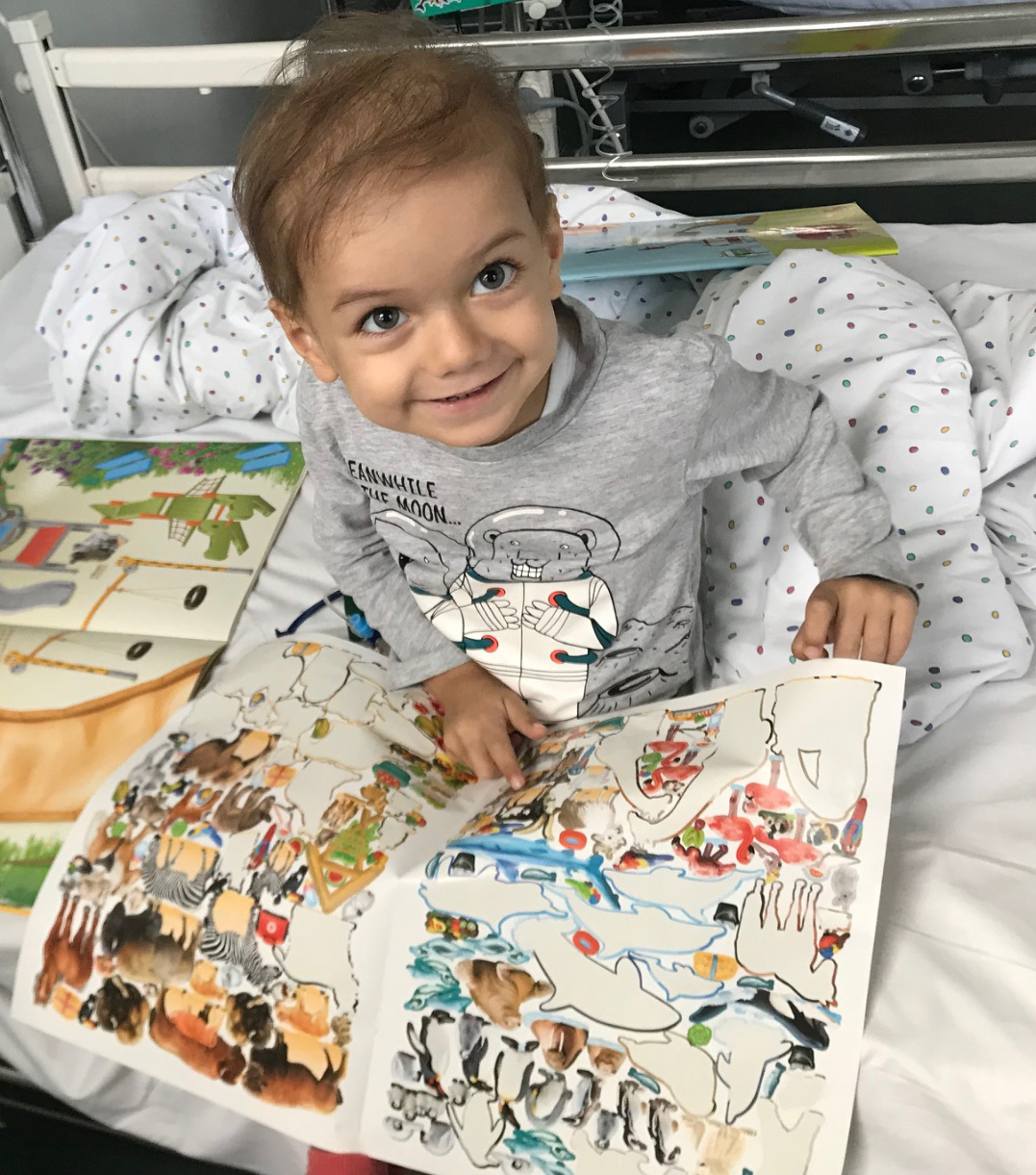The Facts
What it Means to be Rare
While over 10,000 known rare diseases exist, only a fraction have effective treatments due to limited funding. Pediatric cancers, all considered rare, are particularly challenging, with diverse subtypes complicating treatment development and trial participation.
Amidst these obstacles, hope persists, and practical solutions for raising awareness and funding rare causes are within reach.
The Reality
The majority of pediatric cancer funding is for the largest population of those impacted by Leukemia and Lymphoma, which have the highest survival rates. Cancers with the lowest survival rates are given the least amount of national funding posing challenges to align with corporate pillars.
Low National Funding = Less Research, Less Clinical Trials & Less Treatment Options
Because all pediatric cancers are considered rare, developing treatments and finding enough patients to participate in clinical trials is difficult. Rare pediatric cancers affect the least amount and therefore have less awareness and funding from all sources.












